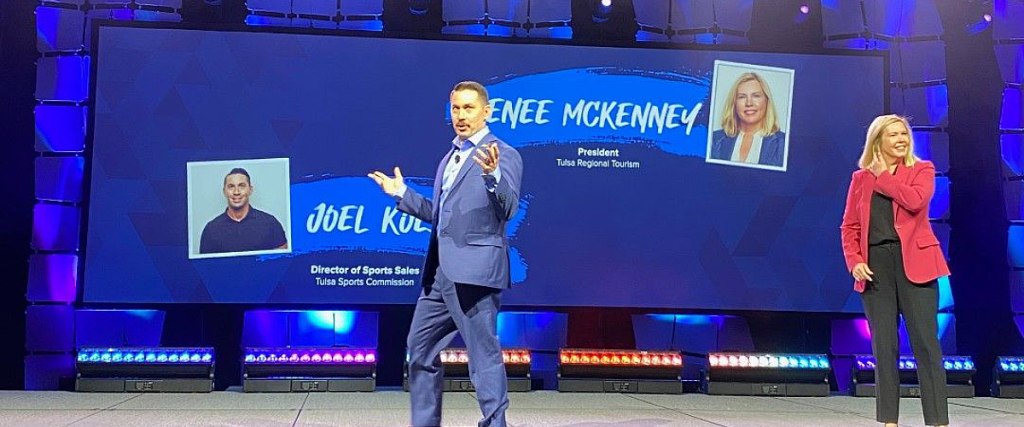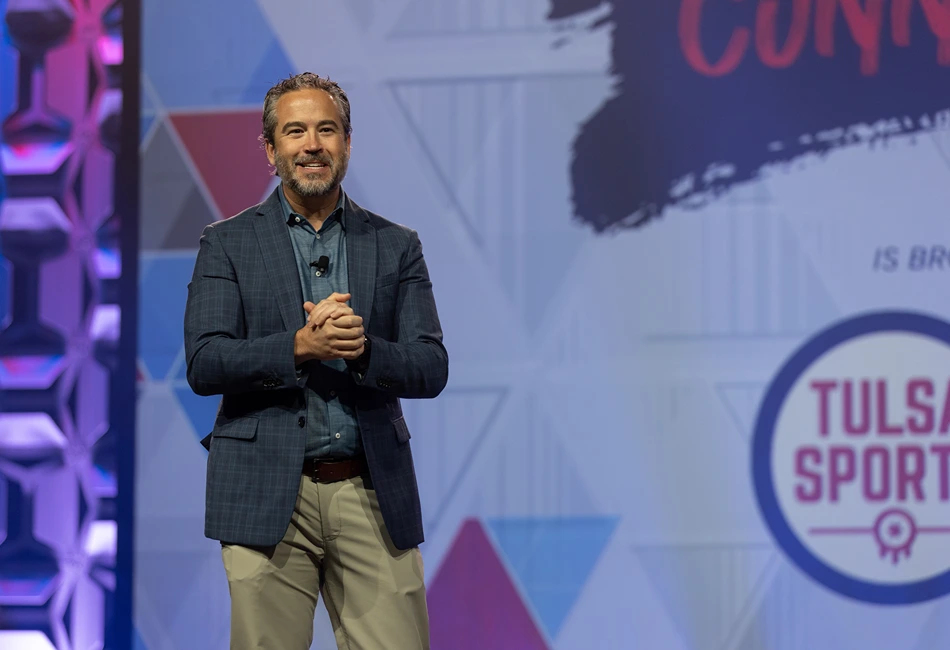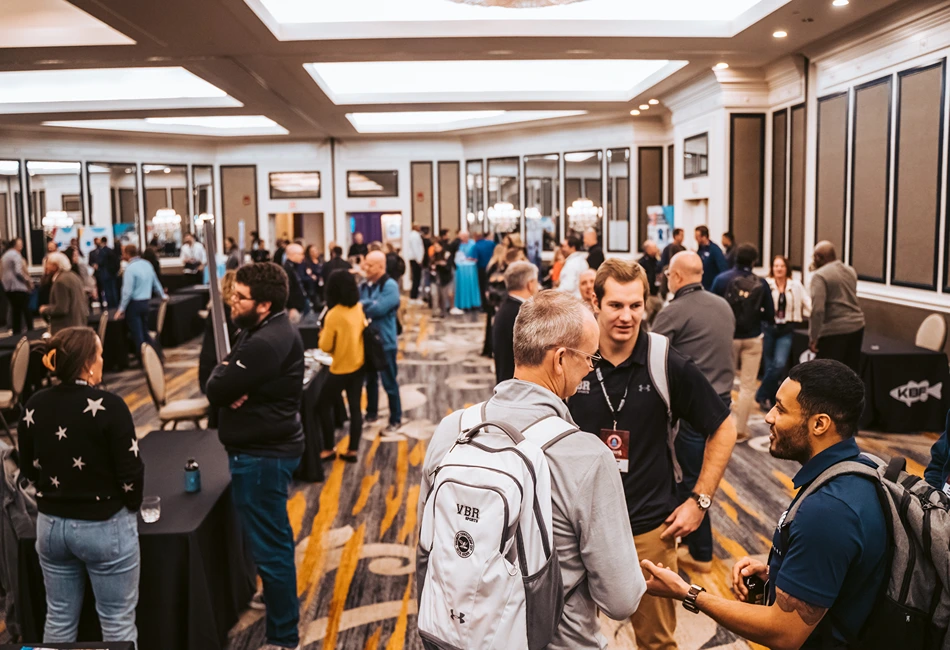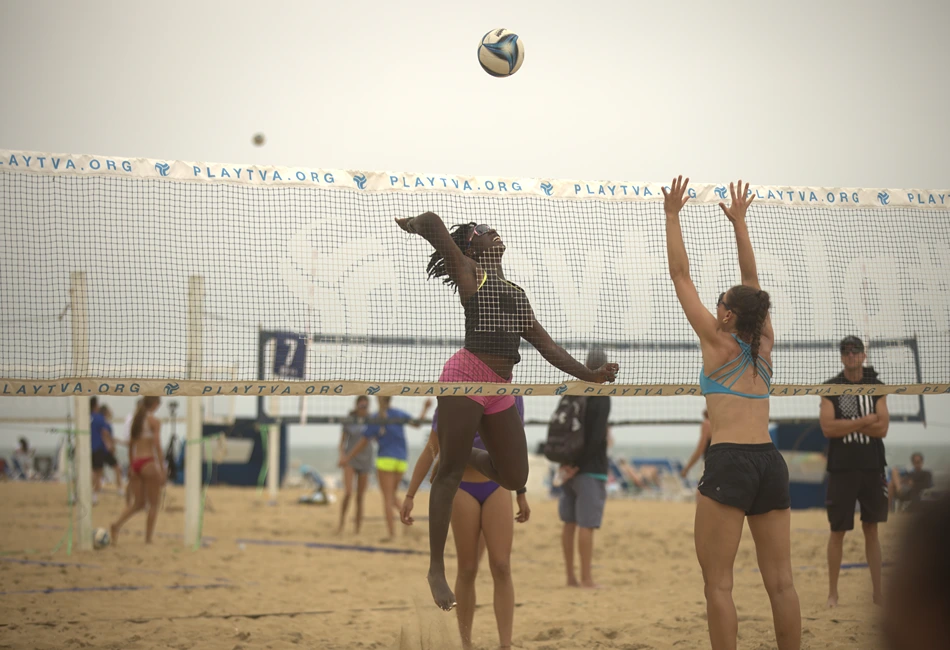It’s not just a fad. The sports tourism industry has proven to be a significant economic driver and shows no signs of slowing down. Destinations throughout the country are stepping up their game by enhancing existing sports venues and building new training and tournament-ready facilities to meet demand. At Sports Planning Guide we’re also elevating our game from cover to cover with a bold new brand identity, “SPG,” and providing more resources for event planners than ever before.
Throughout the year I’ve visited premier sports destinations like Round Rock, Texas; Myrtle Beach, South Carolina; Hamilton County, Indiana; Rockford, Illinois; and many others to tour their inventory of facilities. Although each destination represents its own unique brand and experience for athletes and visitors, they’re all focused on delivering a memorable event experience—and that begins with the facility. Our “Rise of the Megacilities” feature highlights 15 game-changing facilities across the nation that have set the bar incredibly high. If you’re in search of more venue options, check out our inventory of 72 Site InSpections (SI) categorized regionally for your convenience. Each SI represents a destination eager to host memorable events along with an overview of local attractions and testimonials from past events hosted.
SPG 2016 also represents sport’s influences well beyond monetary value. After listening to Rico Roman speak at the Olympic SportsLink last fall in Chicago, I had a serious awakening—especially as an Air Force veteran of Iraq and Afghanistan—to a broader scope of the importance of sports. Rico, an American gold medalist in sledge hockey and Iraq veteran whose left leg was amputated after an IED attack, explained how rediscovering competition through adaptive sports and the Paralympics changed his life. Hearing Rico made all of us at SPG stop and think: what are the logistical differences in planning and hosting an adaptive sports event? With this in mind, we partnered with several organizations including the National Wheelchair Basketball Association and United States Association of Blind Athletes to present “Rethink Adaptive Sports,” an article that provides tips on how to integrate adaptive sports into your event lineup.
By happenstance on a trip to North Carolina last summer I met Vince Chelena, executive director of a nonprofit organization called Turn Two for Youth with the mission to collect, refurbish and distribute used baseball and softball equipment to underprivileged children domestically and abroad. Our meeting quickly progressed into a featured article on Turn Two’s incredible story. This feel-good story is a must-read; find out how you can get involved and make a difference.
Sports tourism is here to stay. Along with significant economic implications throughout the country, sport reaches all of us on a deeper level as tourism professionals, competitors, spectators, enthusiasts or parents. We welcome feedback; please don’t hesitate to connect on SportsPlanningGuide.com or to me directly at Justin@ptmgroups.com, 630-794-0696.
Enjoy this edition of SPG.





